Critical Image Forum Dialogue Series: Robert Del Tredici
-
Robert Del Tredici
Robert Del Tredici is a California native who, in a galaxy far away, studied to be a Catholic priest. He earned an MA in Comparative Literature at the University of California, Berkeley. There he came upon Moby-Dick. Melville’s questing spirit, zest for adventure and wicked sense of humour were a lifeline for Del Tredici, and he spent years illustrating the book from Ishmael’s point of view. He went on to teach drawing, photography and cinema in Montreal, then took a leave of absence to cover the nuclear meltdown at Three Mile Island. This led to a six-year project to document the entire US nuclear weapons complex; the end result was his award-winning book of photographs and interviews At Work in the Fields of the Bomb. In 1987 he founded The Atomic Photographers Guild, which currently has 40 international members. After 9/11 he tracked the impact of the War on Terror in collage works entitled Evolution Pages. Melville scholar Robert Wallace invited Del Tredici to exhibit landscapes, nuclear photographs and 100 of his Melville illustrations in the Cincinnati Arts Center. Del Tredici’s son Felix plays the bass trombone.
Read More
-
John O'Brian
John O’Brian is an art historian, writer, curator and Professor Emeritus, UBC Department of Art History, Visual Art and Theory. He is the author or editor of 20 books and many articles, and is best known for his books on modern art, including Clement Greenberg: The Collected Essays and Criticism, one of the New York Times “Notable Books of the Year” in 1986, and for his exhibitions on nuclear photography such as Camera Atomica, organized for the Art Gallery of Ontario in 2015. Camera Atomica was the first comprehensive exhibition on postwar nuclear photography. O’Brian taught art history at UBC from 1987 to 2017, where he held the Brenda & David McLean Chair in Canadian Studies (2008-11) and was an Associate of the Peter Wall Institute for Advanced Studies. He is a recipient of the Thakore Award in Human Rights and Peace Studies from Simon Fraser University.
Read More
EPISODE 3 – Robert Del Tredici: Under the Mushroom Cloud
In this episode, through a far-reaching discussion of his illustration and photographic practice, and in dialogue with UBC professor emeritus John O’Brian, Robert Del Tredici touches on political, ethical and philosophical aspects of nuclear technologies and deployments. Through photographic projects from Three Mile Island, Hiroshima, Kazakhstan, Dene Territory in the Canadian Arctic and many other places and sites, Del Tredici’s presentation frames the enormity and devastation of the global nuclear industrial complex, helping to counter its forces of abstraction.
Critical Image Forum is a collaboration between the Belkin and the Department of Art History, Visual Art and Theory with funding from the UBC Public Humanities Hub.
Recorded on 30 November 2020.
Image (Above): Robert Del Tredici, New Vault for 300-year Storage of Low-level Nuclear Waste, E-Area Vault, Solid Waste Management Division, Savannah River Site, South Carolina. January 7, 1994. Courtesy of the artist
-
Robert Del Tredici
Robert Del Tredici is a California native who, in a galaxy far away, studied to be a Catholic priest. He earned an MA in Comparative Literature at the University of California, Berkeley. There he came upon Moby-Dick. Melville’s questing spirit, zest for adventure and wicked sense of humour were a lifeline for Del Tredici, and he spent years illustrating the book from Ishmael’s point of view. He went on to teach drawing, photography and cinema in Montreal, then took a leave of absence to cover the nuclear meltdown at Three Mile Island. This led to a six-year project to document the entire US nuclear weapons complex; the end result was his award-winning book of photographs and interviews At Work in the Fields of the Bomb. In 1987 he founded The Atomic Photographers Guild, which currently has 40 international members. After 9/11 he tracked the impact of the War on Terror in collage works entitled Evolution Pages. Melville scholar Robert Wallace invited Del Tredici to exhibit landscapes, nuclear photographs and 100 of his Melville illustrations in the Cincinnati Arts Center. Del Tredici’s son Felix plays the bass trombone.
Read More
-
John O'Brian
John O’Brian is an art historian, writer, curator and Professor Emeritus, UBC Department of Art History, Visual Art and Theory. He is the author or editor of 20 books and many articles, and is best known for his books on modern art, including Clement Greenberg: The Collected Essays and Criticism, one of the New York Times “Notable Books of the Year” in 1986, and for his exhibitions on nuclear photography such as Camera Atomica, organized for the Art Gallery of Ontario in 2015. Camera Atomica was the first comprehensive exhibition on postwar nuclear photography. O’Brian taught art history at UBC from 1987 to 2017, where he held the Brenda & David McLean Chair in Canadian Studies (2008-11) and was an Associate of the Peter Wall Institute for Advanced Studies. He is a recipient of the Thakore Award in Human Rights and Peace Studies from Simon Fraser University.
Read More
Related
-
Research Project
2021 - Ongoing
Critical Image Forum: Research in Photography and Expanded Documentary
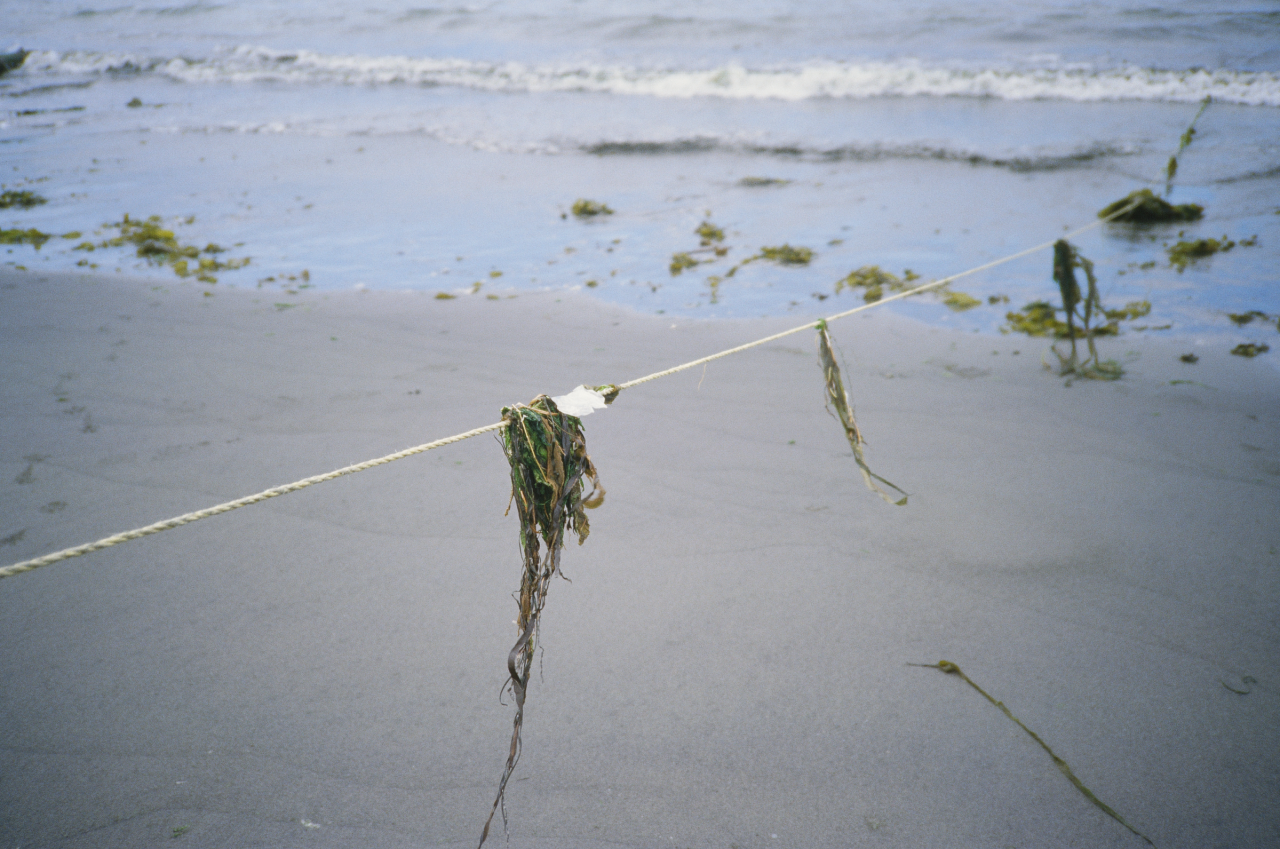
Critical Image Forum is a research project that focuses on the political, ethical, aesthetic and social dimensions of expanded documentary practices. The Forum's primary medium of research is photography, with an interest in how the proliferation of moving images, performance, sound and digital networks have challenged and complicated the veracity of the visual document.
[more] -
Event
Wednesday and Thursday, 9 and 10 Mar 2022
Critical Image Forum: Artist Talk with Elizabeth M. Webb
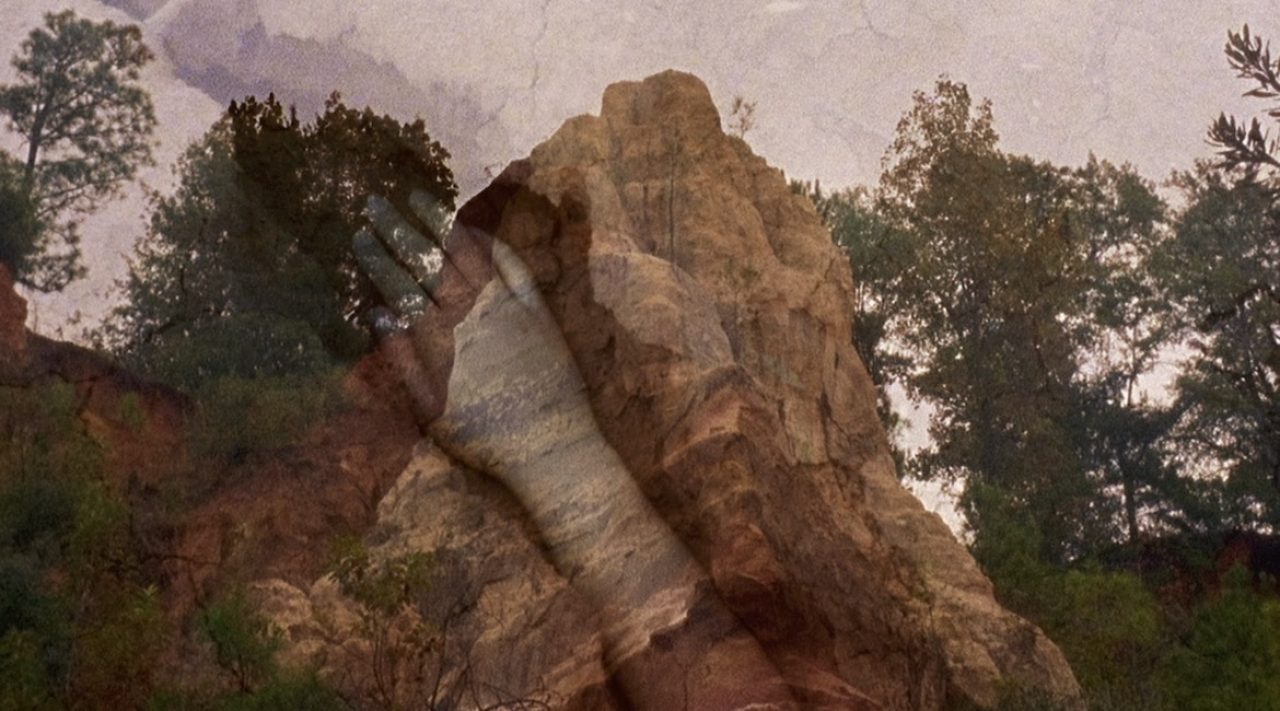
Join multimedia artist Elizabeth M. Webb for a talk and film screening; both events are free and open to the public, no registration is required. Masks and proof of vaccination are mandatory. Webb is an artist and filmmaker originally from Charlottesville, VA. Her work is invested in issues surrounding race and identity, often using the lens of her own family history of migration and racial passing to explore larger, systemic constructs. She has screened and exhibited in the US, United Kingdom, Canada, Japan, Ecuador, Singapore, Switzerland, Mexico, Spain, Austria, Norway and Germany and was a recipient of the inaugural Allan Sekula Social Documentary Award in 2014.
[more] -
Event
Critical Image Forum Dialogue Series: Sandra Boss
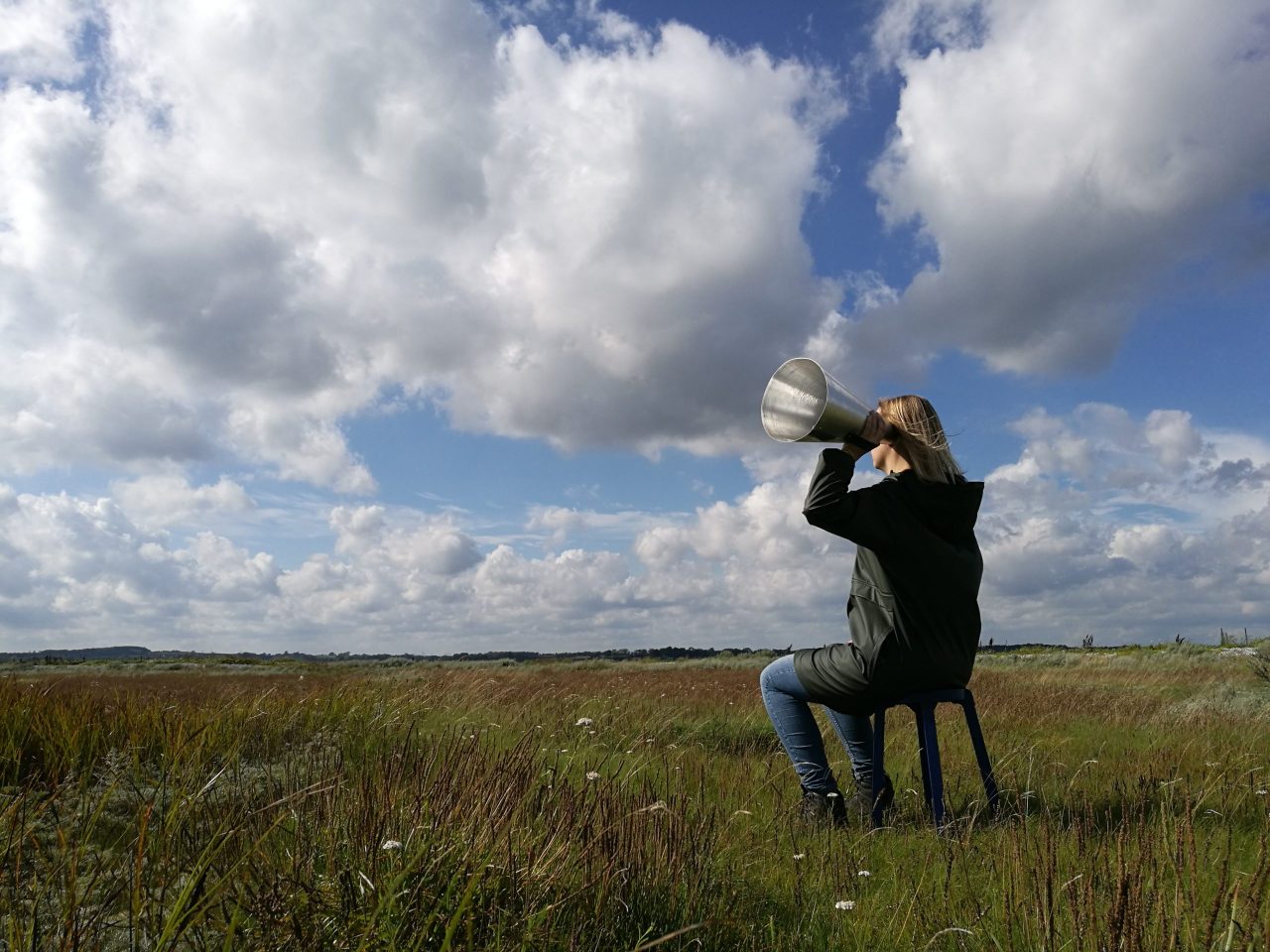
For this episode of the Critical Image Forum Dialogue Series, Tobias Ewé talks with Danish sound artist Sandra Boss about her practice-based research into mid-century German hearing machines, conceptions of hearing and how these shape the listening subject. The discussion takes its outset in Boss's dissertation, Tuning the Ear: Exploring Conditions and Conceptions of Hearing, which is much more than a collection of textual chapters, but a sound art object in and of itself.
[more] -
Event
Critical Image Forum Dialogue Series: UAAC Global Photography

As part of the University Art Association of Canada's online conference, panel chairs Heather Diack (University of Miami) and Terri Weissman (University of Illinois at Urbana Champaign) brought together art historians and artists committed to deepening the discourse of photography studies and expanding its points of reference in Canada Global Photography: Critical Histories.
[more] -
Event
Critical Image Forum Dialogue Series: Farah Nosh
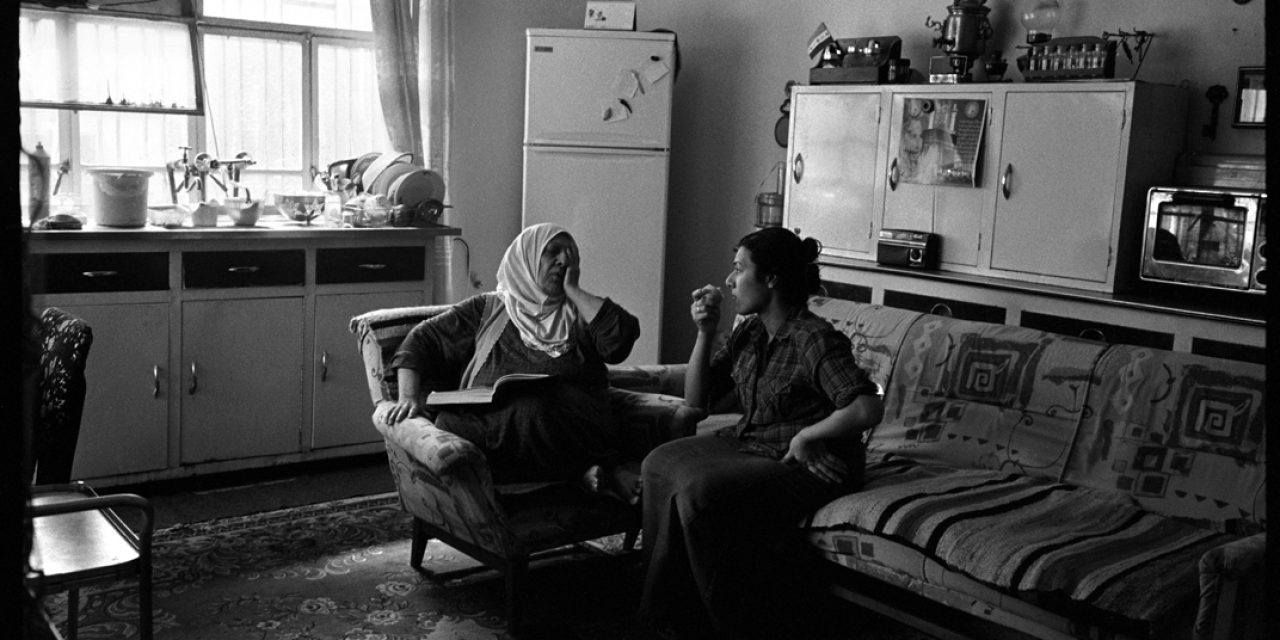
From her earliest work in conflict zones to her most recent project documenting fluent speakers of the Haida language in Haida Gwaii, Farah Nosh is known for her intimate, empathic approach to photojournalism and photographic portraiture. In this wide-ranging conversation initiated by UBC journalism MA student Steven Zhu, Nosh discusses her formative experiences with photography as a Geography student at UBC, and subsequently learning photojournalism on assignment in Iraq during the Saddam Hussein era.
[more] -
Event
Critical Image Forum Dialogue Series: Robert Del Tredici
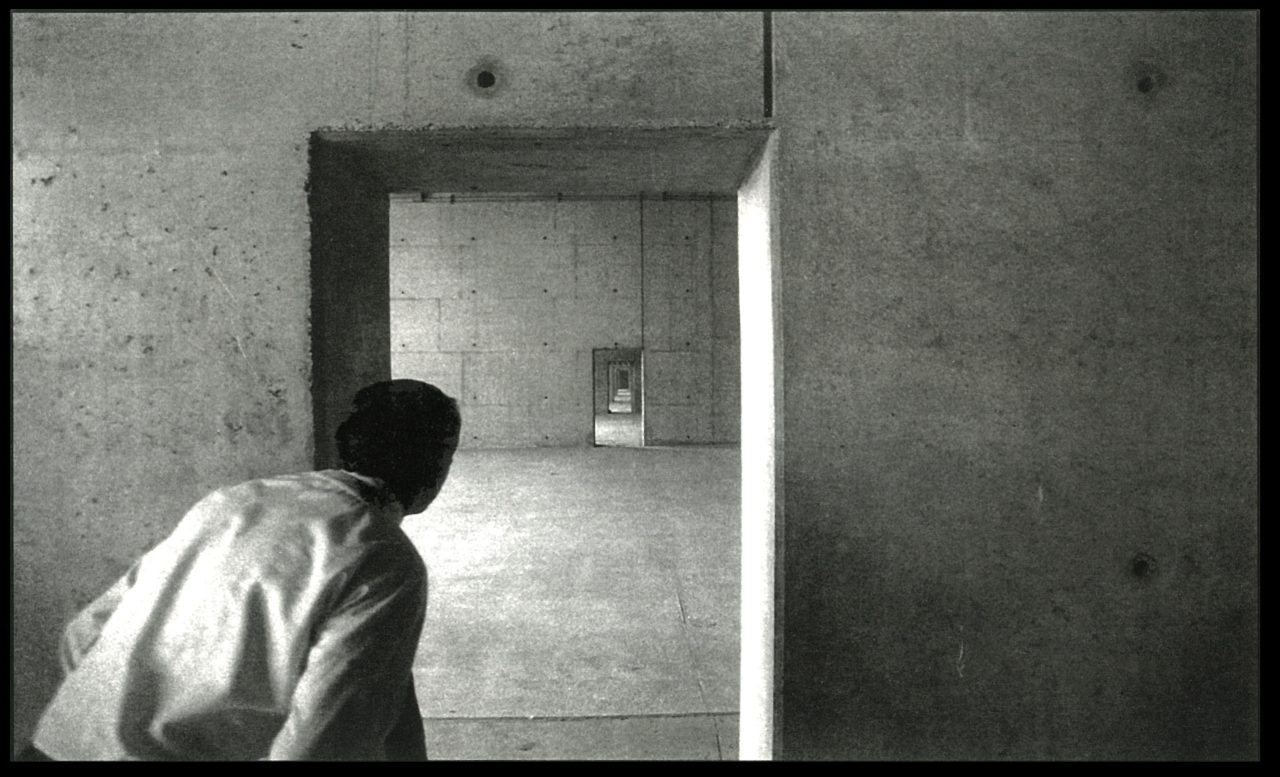
In this episode, through a far-reaching discussion of his illustration and photographic practice, and in dialogue with UBC professor emeritus John O’Brian, Robert Del Tredici touches on political, ethical and philosophical aspects of nuclear technologies and deployments. Through photographic projects from Three Mile Island, Hiroshima, Kazakhstan, Dene Territory in the Canadian Arctic and many other places and sites, Del Tredici’s presentation frames the enormity and devastation of the global nuclear industrial complex, helping to counter its forces of abstraction.
[more] -
Event
Critical Image Forum Dialogue Series: Paul Weinberg
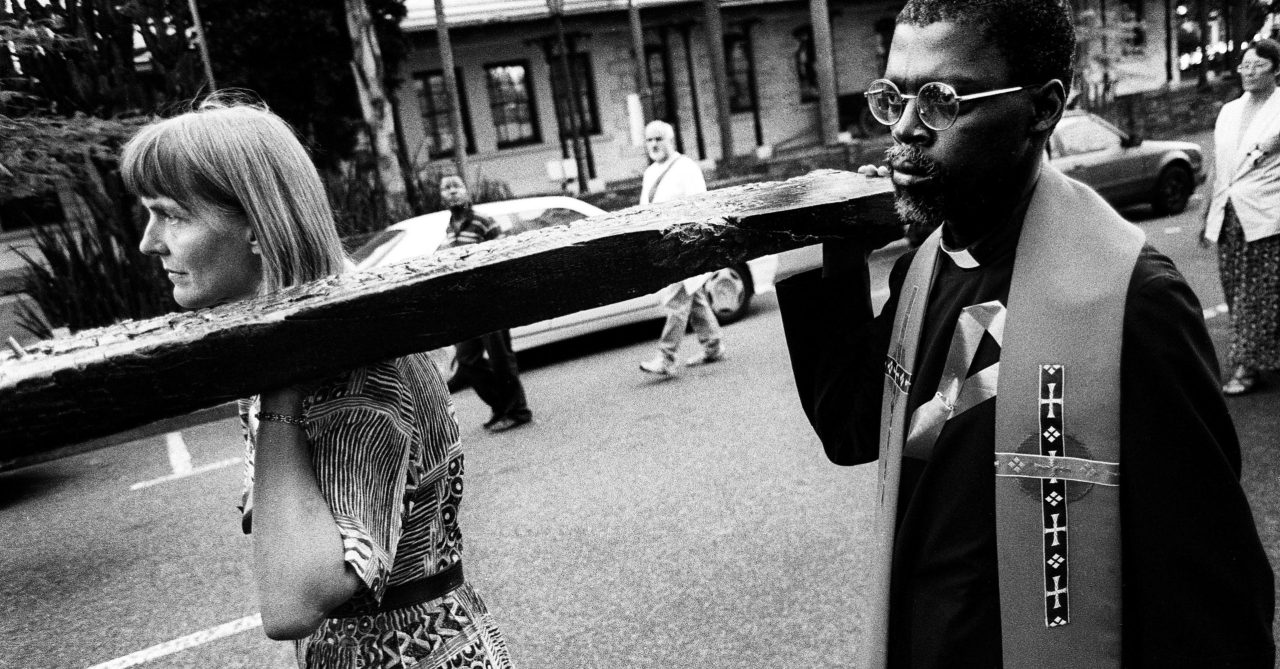
For this second episode of the Critical Image Forum Dialogue Series, Daniela Perez Montelongo is in conversation with South African photographer Paul Weinberg where they discuss key issues pertaining to the role of photography in South Africa during the Apartheid and post-Apartheid eras.
[more] -
Event
Critical Image Forum Dialogue Series: Marianne Nicolson
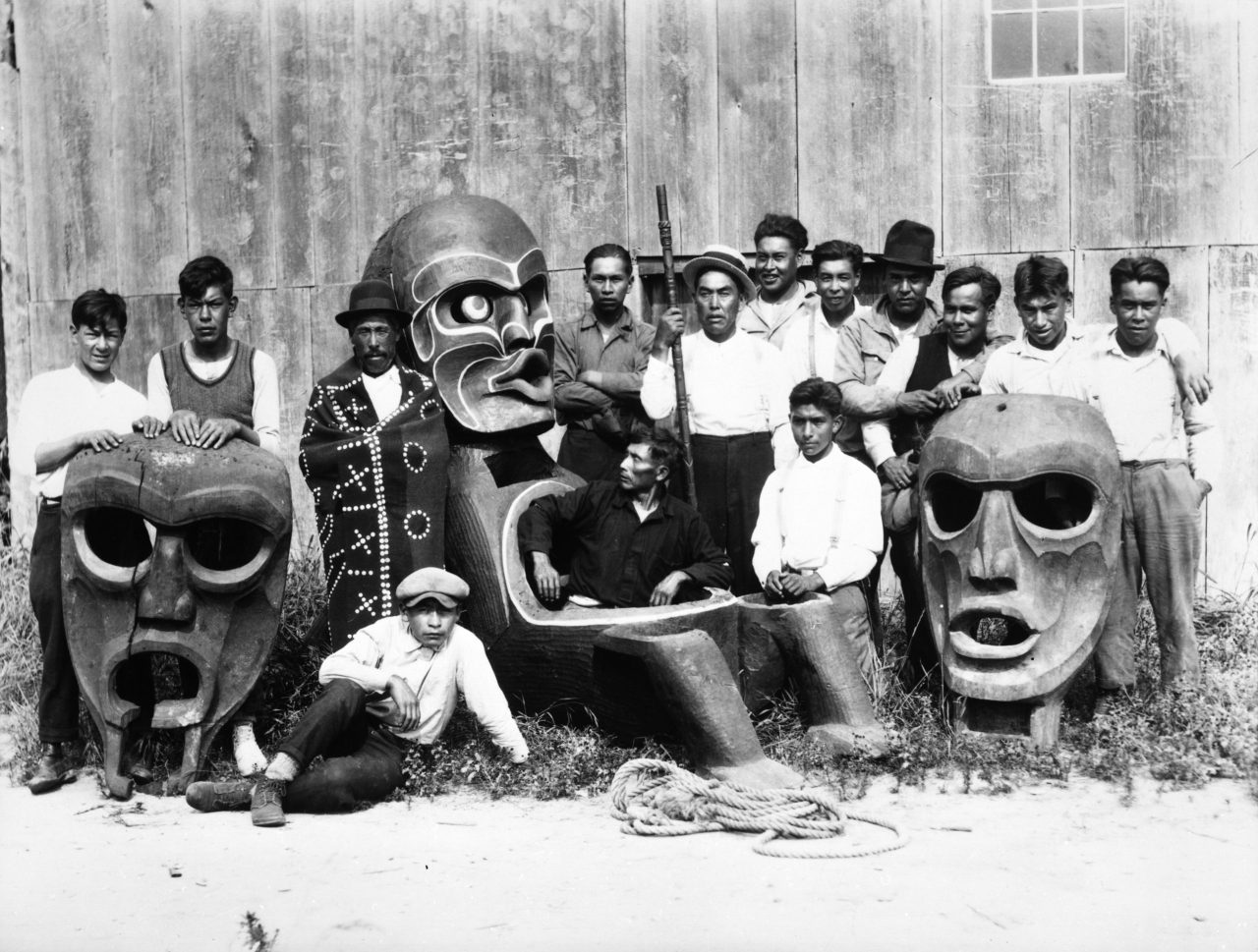
As part of Critical Image Forum's Dialogue Series, this online conversation with Althea Thauberger, Musgamakw Dzawada’enuxw artist and activist Marianne Nicolson helps us understand how particular photographic acts, although initiated by Canadian colonial photographers, were used, by those depicted, as opportunities for assertions of political, cultural and territorial sovereignty during the potlatch ban in the early twentieth century.
[more]